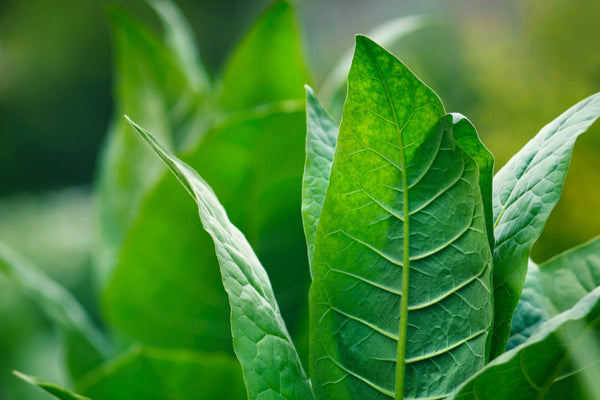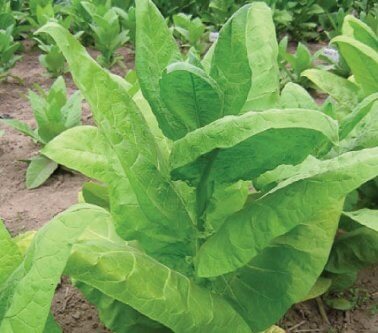Tobacco Pest & Disease Protection
Insects
Organic Controls
Garden Insect Spray
Thrips, Hornworms, Budworms, Cabbage Looper
Horticulture Oil
Aphids, Stinkbugs, Flea Beetle, Whiteflies, Spider Mites
Bug Buster-O
Aphids, Flea Beetle, Whiteflies
Monterey BT
Hornworms, Cabbage Looper
Take Down Garden Spray
Aphids, Horn Worms, Flea Beetle, Whiteflies
Diatomaceous Earth
Cutworms
Bug buster II
Aphids, Horn Worms, Stinkbugs, Flea Beetle, Whiteflies, Spider Mites, Thrips
Treat as needed using label instructions.
Common Diseases
Organic Controls
Crop rotation and select resistant varieties
Black Shank, Tomato Spotted Wilt, Blue Mold
Complete Disease Control (Drench)
Tomato Spotted Wilt
Treat as needed using label instructions.







































